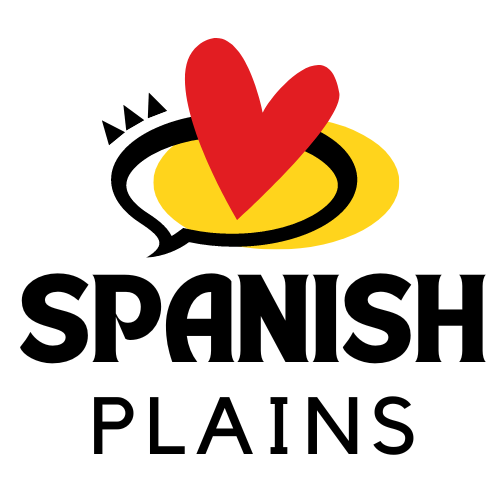Valencia: Where History Meets Adventure in Spain’s Mediterranean Jewel
Introduction
Valencia, located on the southeastern coast of Spain, is a captivating city that seamlessly blends history and adventure. With its stunning Mediterranean coastline, rich historical heritage, and vibrant modern attractions, Valencia has something to offer every visitor.
The City’s Rich History
Valencia has a long and intriguing history, rooted in diverse influences from the Romans, Visigoths, Moors, and Christians. One of the city’s most iconic landmarks is the Valencia Cathedral, a magnificent Gothic structure that houses the revered Holy Grail. Explore the cathedral’s breathtaking interior and climb its famous bell tower, the Miguelete, for panoramic views of the city.
Another historical gem is the Lonja de la Seda, a stunning example of Gothic architecture and a UNESCO World Heritage Site. Built in the 15th century, this former silk exchange is a testament to Valencia’s prosperous past and is now a popular venue for cultural events and exhibitions.
Modern Marvels and Adventure
While steeped in history, Valencia is also a city of contemporary wonders and adventure. One of the emblematic attractions is the City of Arts and Sciences, a futuristic complex designed by renowned architect Santiago Calatrava. Explore the interactive exhibits at the Science Museum, catch a film at the Hemisfèric, or marvel at the opera performances in the Palau de les Arts.
For thrill-seekers, a visit to Bioparc Valencia is a must. This innovative zoo immerses visitors in recreations of natural habitats, allowing up-close encounters with a diverse range of animals. From African savannahs to dense rainforests, Bioparc Valencia provides a truly immersive and educational experience.
Valencia’s Beautiful Beaches
No visit to Valencia is complete without spending time on its stunning beaches. The city boasts miles of golden sandy shores, including the popular Malvarrosa Beach and Las Arenas Beach. Take a leisurely stroll along the promenade, indulge in delicious seafood at beachfront restaurants, or simply soak up the Mediterranean sun while enjoying the crystal-clear waters.
If you seek a more serene and secluded beach experience, head to the nearby Albufera Natural Park. Take a boat ride on the tranquil lagoon, admire the picturesque rice paddies, and savor a traditional Valencian paella, considered one of Spain’s most famous culinary delights.
Frequently Asked Questions
Q: How can I get to Valencia?
A: Valencia is easily accessible by air, with Valencia Airport serving domestic and international flights. Additionally, high-speed train connections make it convenient to reach from major Spanish cities such as Madrid and Barcelona.
Q: What is the best time to visit Valencia?
A: Valencia enjoys a mild climate throughout the year. The spring and fall seasons offer pleasant temperatures, making them ideal for exploring the city and engaging in outdoor activities. The summer months are perfect for beach lovers, although it can get quite hot.
Q: Are there any cultural events in Valencia?
A: Valencia hosts numerous cultural events, including the famous Las Fallas festival, where enormous sculptures are created and then set ablaze in a grand spectacle. The Feria de Julio, a month-long celebration in July, features music, fireworks, and traditional festivities.
Q: What is the local cuisine like?
A: Valencian cuisine is renowned for its delicious paella, typically made with rice, vegetables, and a variety of meats or seafood. Additionally, the city is famed for its horchata, a refreshing traditional drink made from tiger nuts.
Q: Are there any day trips from Valencia?
A: Valencia’s strategic location allows for easy day trips to nearby attractions. You can visit the enchanting town of Albufera, the historic city of Xativa, or even take a ferry to the beautiful Balearic Islands.
